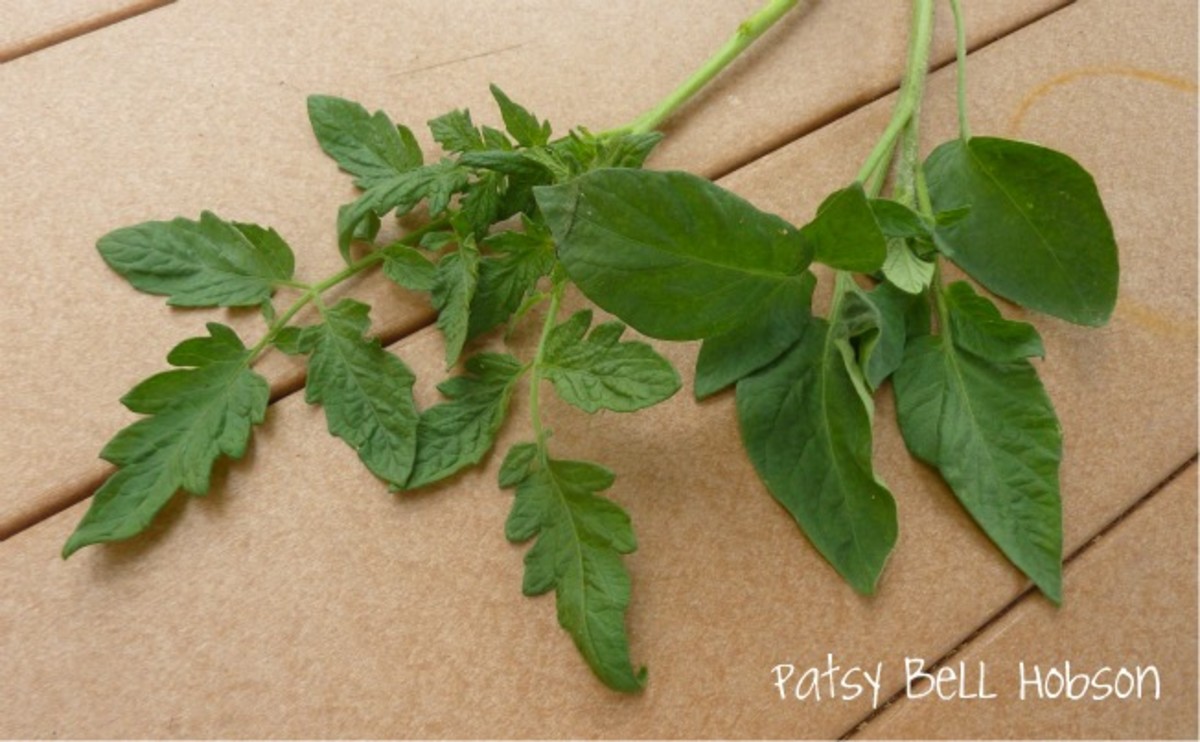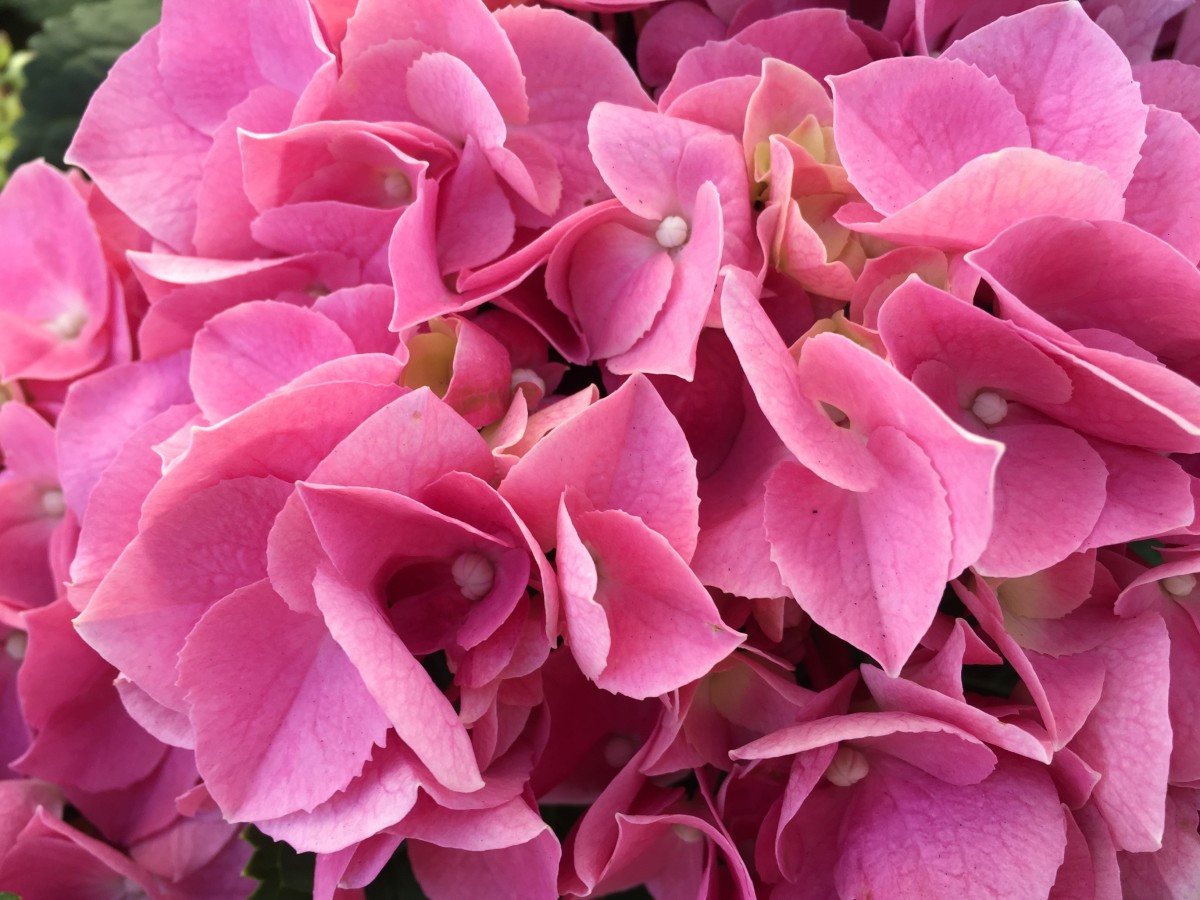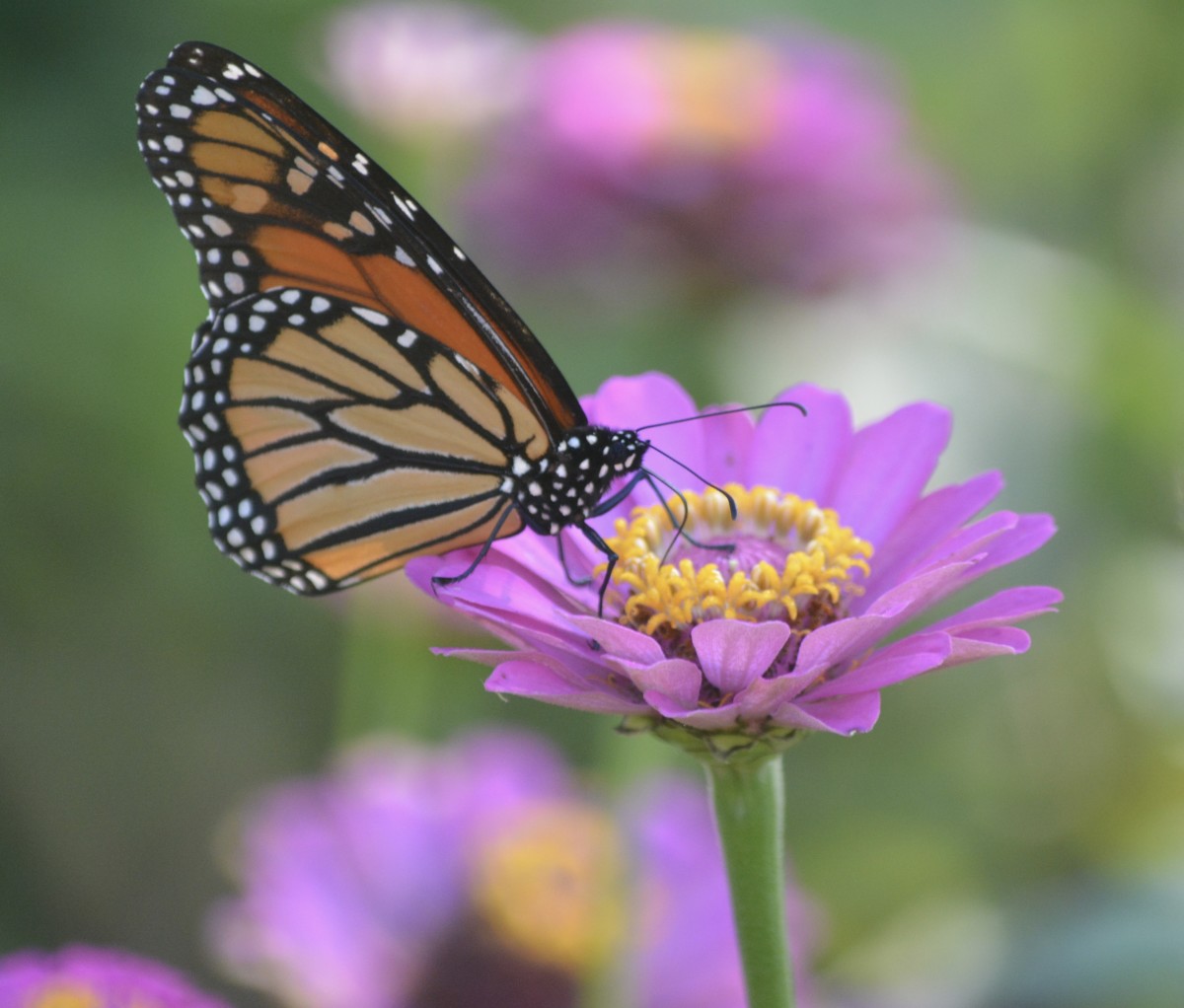The Top 10 Cacti For Your Desert Garden
The Top Cactus for Your Desert Garden
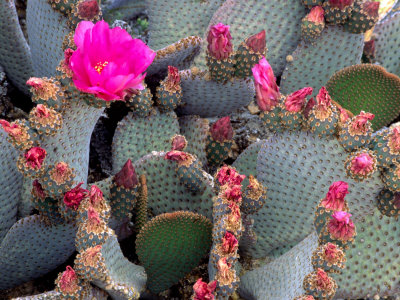
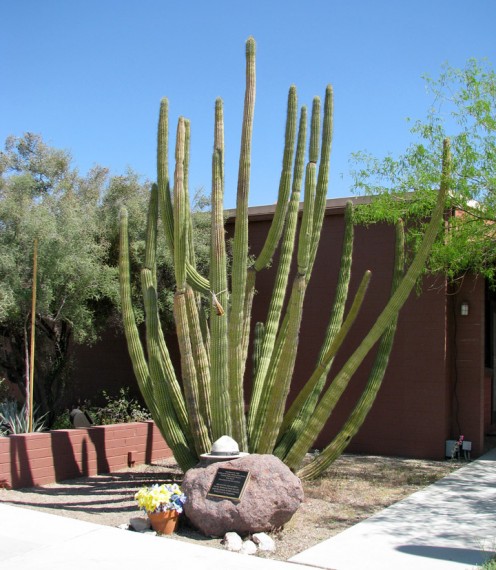
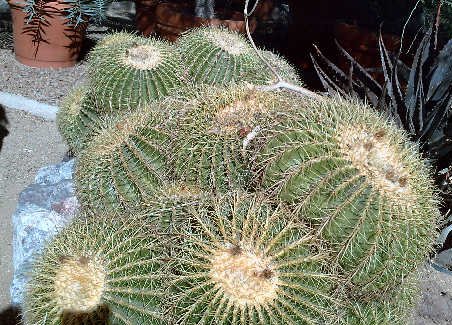
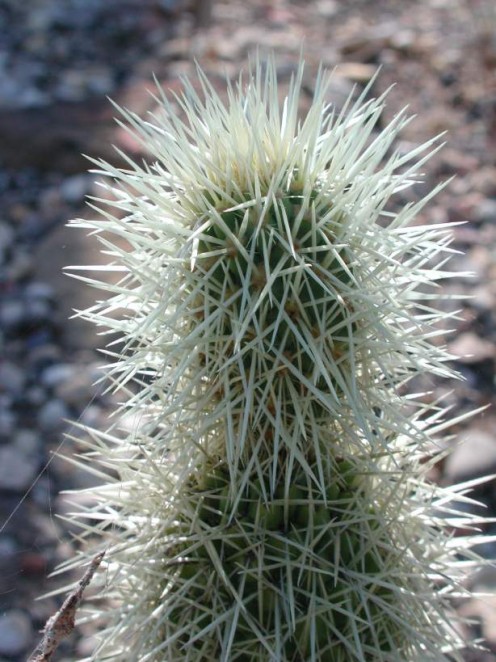
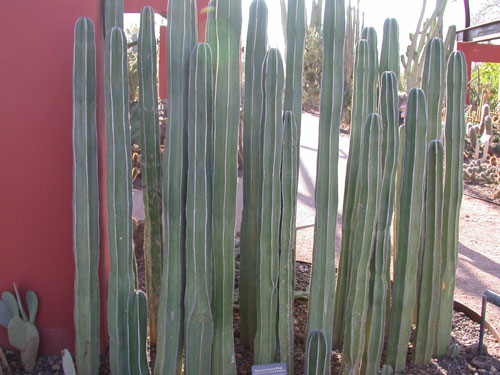
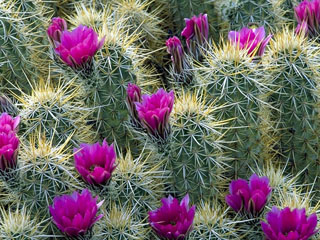
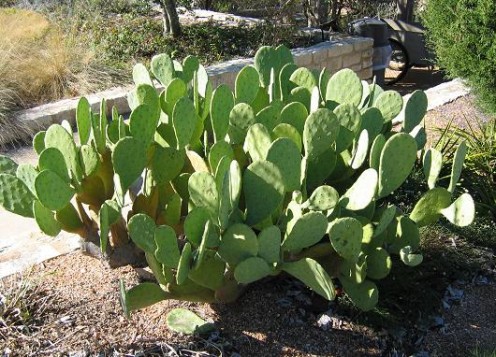
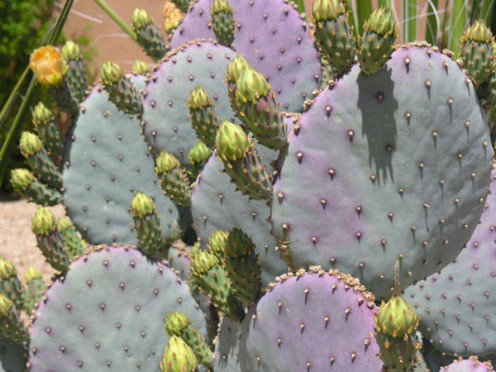
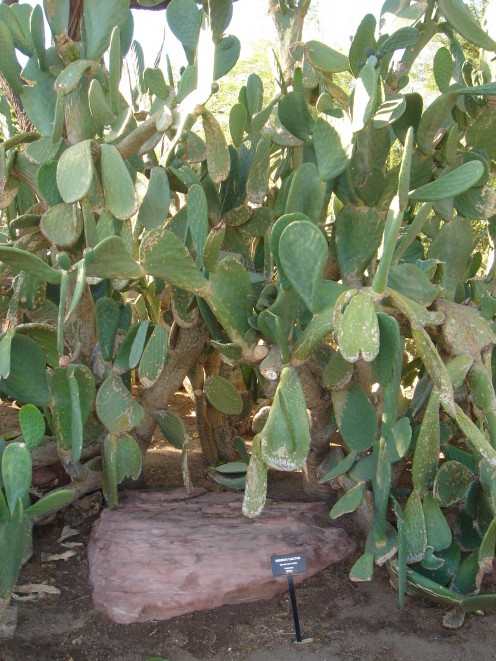
Cactus Lover's Resources
Planting a desert garden with cactus
The first step in deciding which cactus you want for your desert garden is to acquaint yourself with the different varieties. There are beautiful agaves and succulents to choose from, which thrive in the cactus garden.
"Cacti are native only to the Western Hemisphere,” says Clark Moorten, who operates Moorten’s Botanical Garden in Palm Springs, Calif. Caudiciforms like the popular Elephant’s Foot or Elephant’s Tree, are his favorites. That’s when most of the tissue is collected in a large base. But he is also partial to aloes, which love dry weather, and African succulents, which are more exotic and hard to find.
I also checked out expert Glen Huntington, who works in the plant and animal paradise at The Living Desert in Palm Desert, California. Huntington manages The Living Desert’s plants-for-sale section which is a delight for avid gardeners and those who simply want to see ‘what’s out there.’
The Top 10 Cacti for desert gardens
Huntington has his list of Top Ten Cactus Favorites for the the desert garden, which leans heavily toward indigenous varieties of the American Southwest:
1. Beavertail cactus, Opuntia basilaris
“I think this one is a beauty, and pretty commonly found in the Southwest,”Huntington says. “It turns a beautiful purple color in the fall, with fuchsia color flowers in the spring. It’s a fairly low cactus and my favorite variety is the vacillarius.” Beavertail cactus grow in flat, oval-shaped clusters and are marked by short bristles reaching 6 to 12 inches high and up to 6 feet wide. The gray-green, jointed stems are wide and flat resembling the tail of a beaver.
The stems grow in clumps with flowers from the top edge of the joints. Flowers are followed by a brownish-gray, oval fruit more than an inch long with many seeds.
2. Missionfig or Missioncactus, Opuntia ficus-indica
“For the Coachella Valley (around Palm Springs), this one makes a wonderful backdrop,” he says. “It’s a thornless succulent with big deep pads on it and it gets big fruit following its flowering, which turns bright red. It’s great to eat. I usually just get some at the grocery store, but sometimes, I’ll break some off and give it to the kids at the Living Desert. It’s a cross between a kiwi and an apple, red and juicy with lots of seeds.”
The Mission fig grows tall, from six to 12 feet high, so it needs a lot of space.Huntington suggests that it does well in pots in front of an expanse of bare wall. “Or use it near walls around the pool where you have a lot of cement. It will take the heat, but it will look good with watering.” Plus, he adds, “It's very California-looking.”
3. Jumping cholla, Opuntia fulgida,
Jumping cholla is a large shrub that has a main trunk and numerous heavy branches. The most distinctive features are its smooth, green, pear-shaped fruits, which form in pendent chains of three or more. “I think it’s beautiful when it’s done well,” says Huntington. “Particularly when it’s placed where, somewhere in the later afternoon or early morning, light goes through the needles. It’s easy to grow and I think they look very good in clusters of three or more. It’s locally indigenous.”
4. Barrel cactus, Ferocactus acanthodes
“It’s commonly called compass barrel, because it tends to point to the southwest, so it can help you find your direction when you get lost in the desert,”Huntington says. Almost furry looking, the barrel cactus tends to have thorns in red, yellow or brown, and they are covered with a crown of bright yellow flowers in the spring. “They’re another cactus that add a local feel to a desert garden,” he adds. “I’ve sort of grown to appreciate the shaggy local ones.”
The barrel cactus, like other similar varieties, does so well in draught conditions because its stems seal themselves off from the surrounding air. That way, during long and dry periods, cactus stomates or pores, stay closed and very little water is lost by the stem. For instance, a severed stem can stay dormant and alive for many years until it has a chance to place its roots into the soil.
5. Hedgehog cactus, Echinocereus
Hedgehog cacti come in several varieties that will grow equally well in the CoachellaValleyor in the high desert. “It’s fairly local. It’s a very small thorny cactus that reminds you of a hedeghog” according to Huntington, who likes to collect them. The Claret Cup Hedgehog (Echinocereus triglochidiatus ) for example is covered in spring with bright magenta flowers, “which have a nice impact in the garden when they’re grown in clusters,” he adds. Low-growing, hedgehogs are shaped like dill pickles. Their flowers have thick, waxy petals. Some flowers are as delicate as an orchid.
6. Golden Barrel cactus, Echinocactus grusonii
Growing up to four feet high and three feet across, the Golden Barrel adds spectacular color to the garden even when it’s not in flower. “They make an excellent contrast with agave, “Huntingtonsays. The Golden Barrel cactus comes from central Mexico, but has become popular in Asian countries in the last few years, driving up prices of mature specimens.
Golden Barrels grow over 16 inches tall can run well over $500. It takes 10 to 15 years to grow that big. For beginning desert gardeners, you will have more luck finding young specimens. They’re slow growers though, so gardeners must be patient.
7. Organ Pipe cactus, Stenocereus thuberi
Organ Pipe has a beautiful form, with clusters and multiple arms sticking out, well - like a pipe organ. Use this species to add different levels to a garden, and in a section that won’t be too close to a walkway. In May through July lavender-white flowers, 2-1/2 inches long, bloom at night, laterally near the apex of the stems.
8. Mexican Fencepost
It’s straight and flushy, but not really thorny. The thorns are not long, but white, like fringe, with a star-shape when cut crossways. It can grow from eight to fifteen feet high. It looks good in pots or in relatively narrow areas where you need some height. “If you’re looking for height for the garden, this is a good variety,”Huntingtonsays. Plus, its thorns won’t grab you as you walk by.
9. Silver Dollar Prickly Pear, Opuntia robusta
With its wide silvery green pads, the Silver Dollar Prickly Pear provides wonderful garden texture that looks best when set beside longer and narrower shaped cacti or agaves. The pads are actually modified branches or stems that serve several functions like water storage, photosynthesis and flower production.
10. Purple Prickly Pear, Opuntia vialesia
Enormously popular in desert gardens and prized for its color, Purple Prickly Pear is commonly on the list of easy-care favorites. The pads turn purple in the winter, and then in the spring, they’ll put out bright yellow flowers. In the summer, the pads will be bluish green. Although if it’s not healthy it will be purple even during the summer.
The downside to Purple Prickly Pear is that it can be prone to insects, but a good hosing down every so often will keep pests away. The odd thing is that the pests are encouraged for some plants as a source of red dye. It’s a cochineal insect, which is a white fuzzy relative of the mealy bug.
If you squish it, a deep red food coloring will come out. British redcoat uniforms were made with Prickly Pear insects.
Other sources say the insect was the source for the vibrant red of the robes of European royalty, as well as the Royal Candadian Mounted Police.
Making the garden your own paradise
Choosing indigenous plants,Huntington says, creates a more “ecologically important” garden. “Gardens are at their best when they reflect the kind of area they’re in, rather than looking like some kind of Disneyland.”


